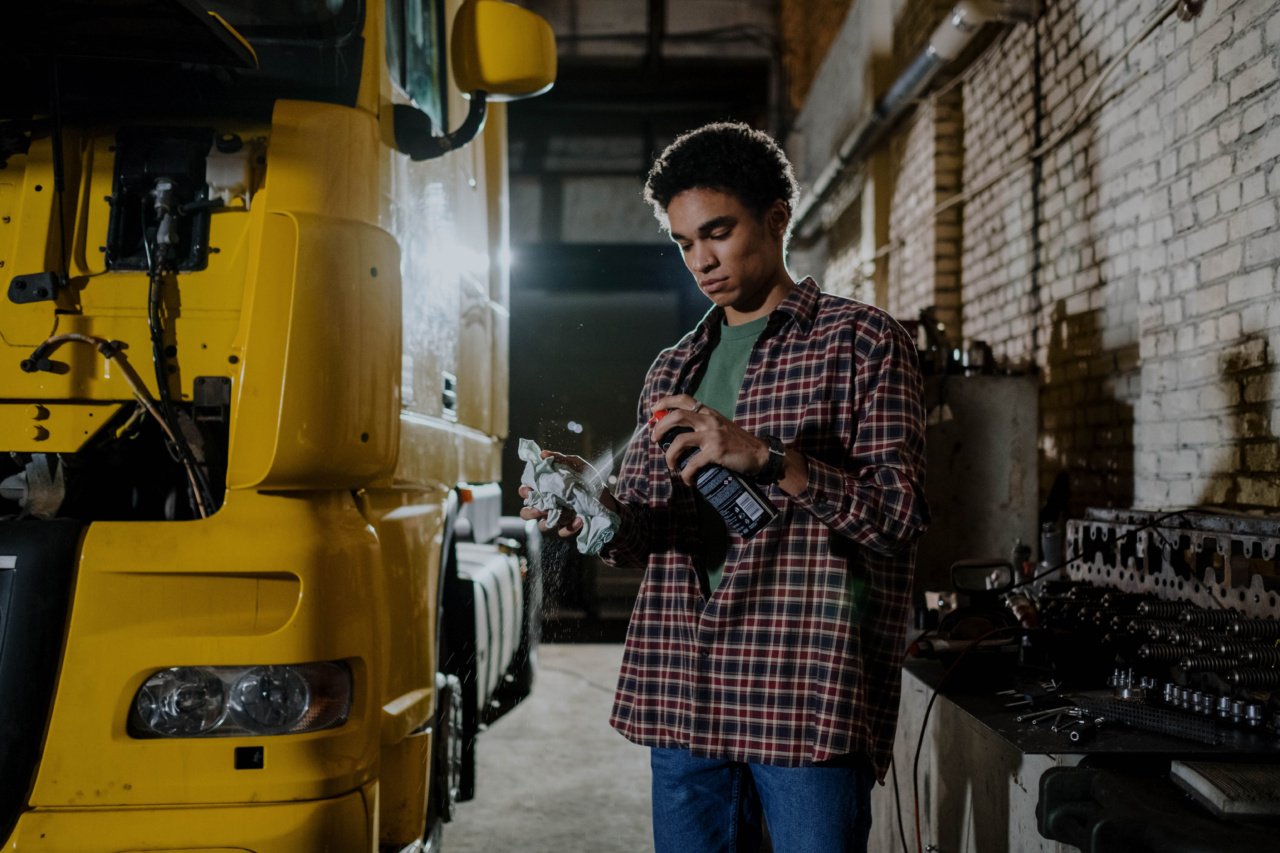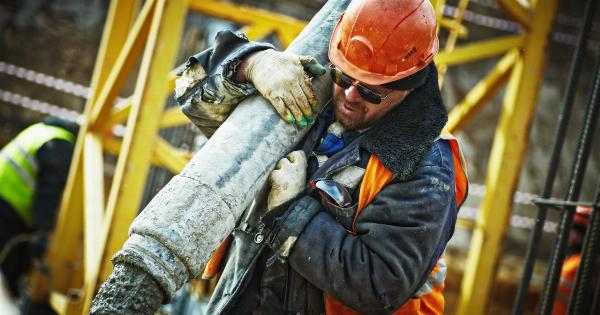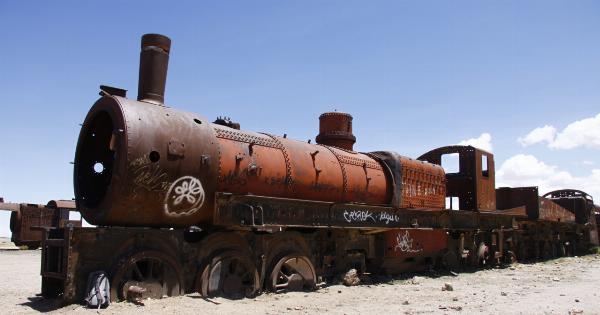The Virgin Hyperloop is a transportation system that is still in its developmental stage. With the technology still under research, certain questions arise, such as its safety, feasibility, and whether it can be repaired effectively.
With the conditions still under scrutiny, it is uncertain whether the Hyperloop can be adequately fixed in case of failure.
What is the Virgin Hyperloop?
The Virgin Hyperloop is a transportation system that utilizes sealed tubes to transport people and cargo at high speeds. This system is based on the principles of vacuum technology and magnetic levitation.
The Hyperloop utilizes electromagnetic propulsion technology that speeds up pods or capsules, which can travel within a tube at speeds of up to 700 miles per hour.
How does the Virgin Hyperloop work?
The Virgin Hyperloop works by the use of magnetic levitation technology and vacuum tubes that reduce air resistance. This technology reduces air resistance that would otherwise slow down the pods or capsules resulting in reduced speeds.
The system works by the pods or capsules magnetically being lifted from the ground and then propelled through the tube. The vacuum feature of the tube helps to reduce air resistance, resulting in more efficient travel within the pod or capsule.
Can the Virgin Hyperloop be repaired?
The concept of the Hyperloop being in use still stirs debates, and it is uncertain whether the upcoming travel system from Virgin Hyperloop can be adequately fixed in case of a failure.
However, the Virgin Hyperloop concept is still relatively new, and the company behind it puts a strong emphasis on safety, design, and durability. During their research, they would most certainly have had to work out contingency plans and solutions in case of failure.
In the case of a malfunction, there would be safety protocols in place that would dictate the most effective way to handle the situation.
What happens if a capsule or tube gets damaged?
The Virgin Hyperloop system is designed to maximize safety and prevent malfunctions from occurring. In case of tube damage or any other component of the Hyperloop being affected, there are contingency plans in place to attend to the situation.
These contingency measures help ensure passenger safety and avoid disasters from occurring. The tubes are designed to be resistant to damage from environmental factors such as natural disasters.
What safety measures are in place?
The Virgin Hyperloop system prioritizes safety above all else. To ensure passenger safety, the system is equipped with multiple layers of security and backup systems.
Safety measures include advanced sensors that detect any problems within the tubes or capsules and preventive maintenance schedules. The Hyperloop system’s safety system is designed to ensure that all components function optimally and prevent possible system malfunctions.
How is Hyperloop damage repaired?
The design of the Virgin Hyperloop system is such that in case of damage, technicians can identify and replace any components that need repair. Repairs would mainly depend on where the damage occurred, and the severity of such damage.
Tube components that might need repair are assessed and then either replaced or repaired by trained technicians. In case of major damages within the capsules, they would be decommissioned until any necessary repairs can be carried out.
Can the Virgin Hyperloop system be scaled up?
The current design of the Virgin Hyperloop system is intended for passenger transportation, but the technology can also be scaled up for other services. The pod or capsule design of the system can be optimized to accommodate various sized cargo.
It can be utilized for port services and even national defense transport of military personnel. Scaling up the system also means that more vacuum tubes may have to be constructed while ensuring the added workload would not compromise safety.
Are there any risks associated with the Virgin Hyperloop?
Like any new transportation system, the Hyperloop has risks associated with it. It mainly relates to the system’s capacity to function correctly and passengers’ safety in case of malfunction.
However, the system’s security measures have been designed such that the probability of malfunction is exceptionally low, with the company emphasizing safety through design and comprehensive safety evaluations. With the backing of strong safety measures and control systems, the Virgin Hyperloop has the potential to revolutionize transportation.
Conclusion
The Virgin Hyperloop is still in the developmental phase, but the technology has demonstrated its potential to achieve unprecedented efficiency and speed while prioritizing safety.
The system’s design has been tested for durability, and the company behind it has placed significant emphasis on safety. Repairing the system has been considered in the design process, with contingency plans and safety protocols in place in case of malfunction.
The Hyperloop holds the potential to revolutionize transportation, complement existing transit modes, and enable cross-border trade on a level never seen before.





























